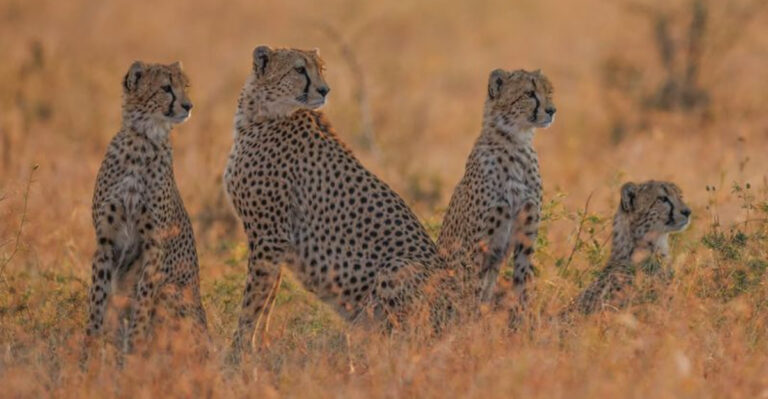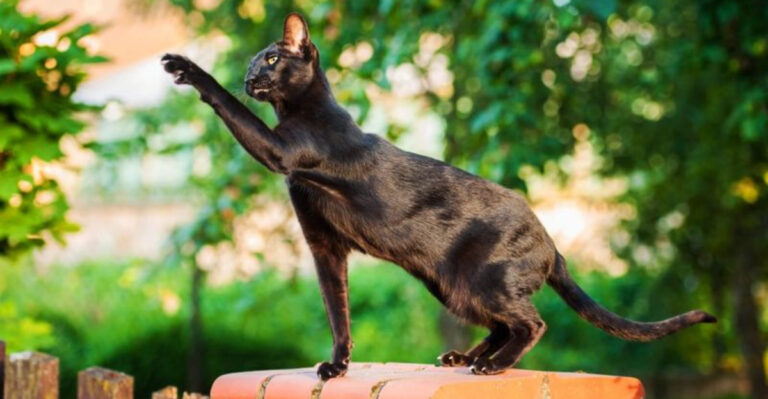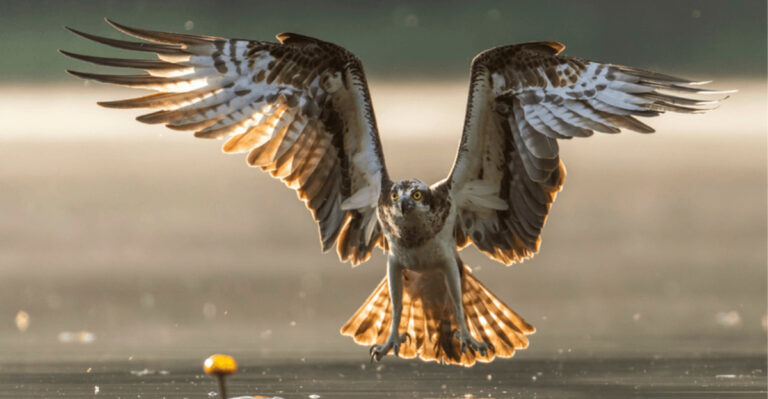15 Dogs With Natural Search And Rescue Skills – Even Without Training
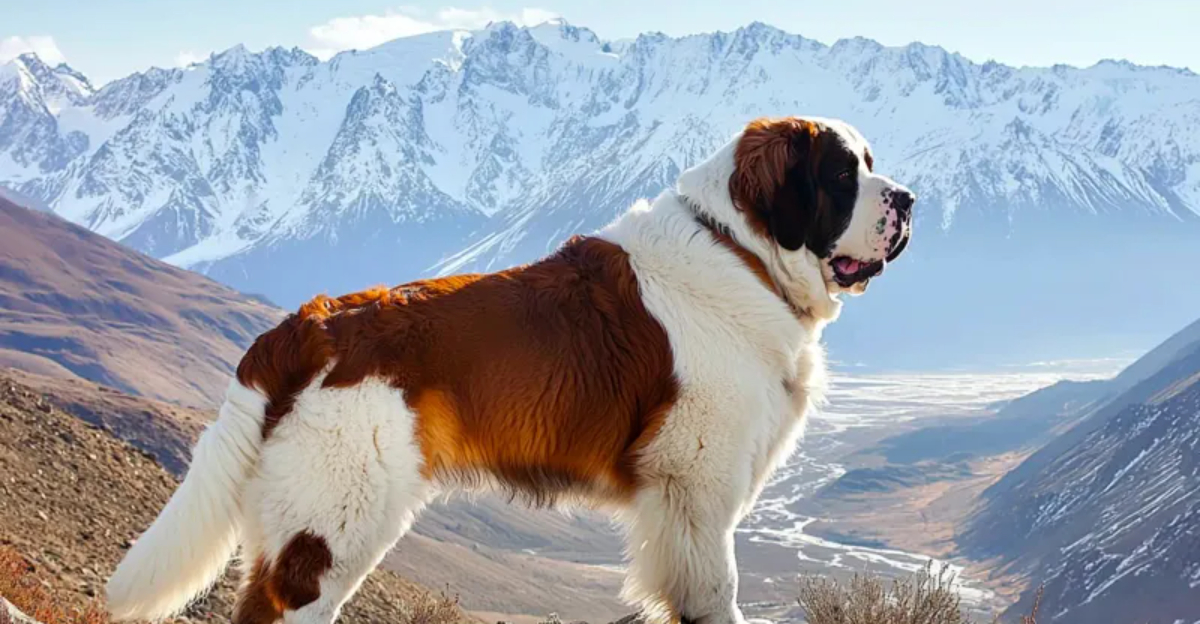
When disaster hits, some dog breeds instinctively leap into action, using their incredible senses to track down those who are missing. These natural-born search and rescue dogs have abilities that surpass anything humans can train.
With sharp minds, powerful noses, and strong bodies, they become essential in crisis situations – often tipping the scale between being found in time or not.
1. Water Warriors: Newfoundlands
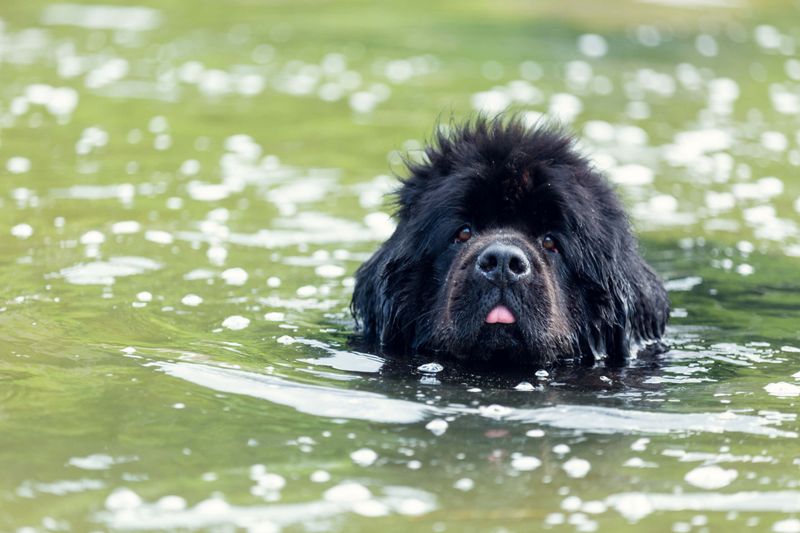
Webbed paws and waterproof coats make Newfoundlands natural lifeguards. One famous Newfie named Whizz saved 14 people from drowning without formal training! Their powerful swimming stroke can battle strong currents that would defeat human rescuers.
These gentle giants can tow boats and pull multiple adults to shore, thanks to their incredible strength-to-weight ratio and natural swimming ability.
2. Mountain Miracle Workers: Saint Bernards
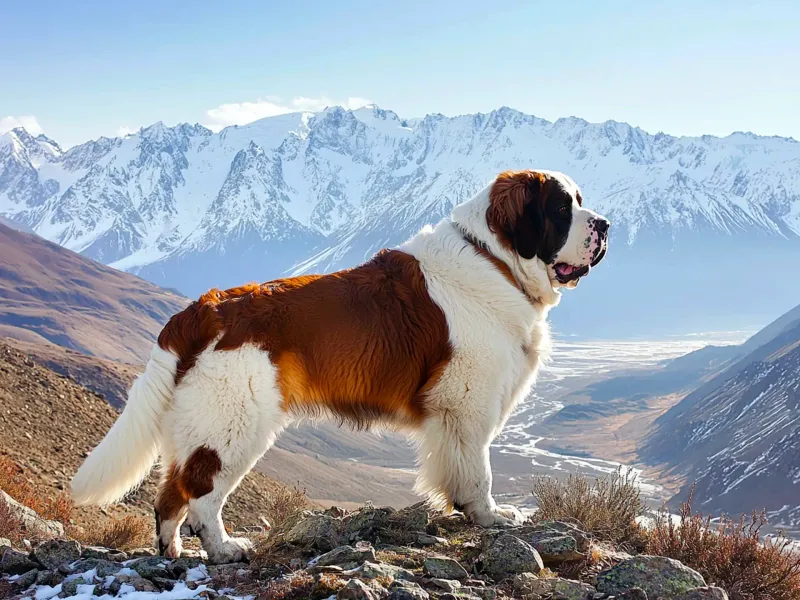
Born with an internal GPS for snowy terrain, Saint Bernards have historically saved over 2,000 travelers lost in the treacherous Swiss Alps. Their massive bodies generate enough heat to warm hypothermia victims, while their powerful sense of smell works even in blizzard conditions.
Their thick fur and fat layers let them work tirelessly in freezing temperatures that would quickly disable humans or other breeds.
3. Wilderness Trackers: Bloodhounds
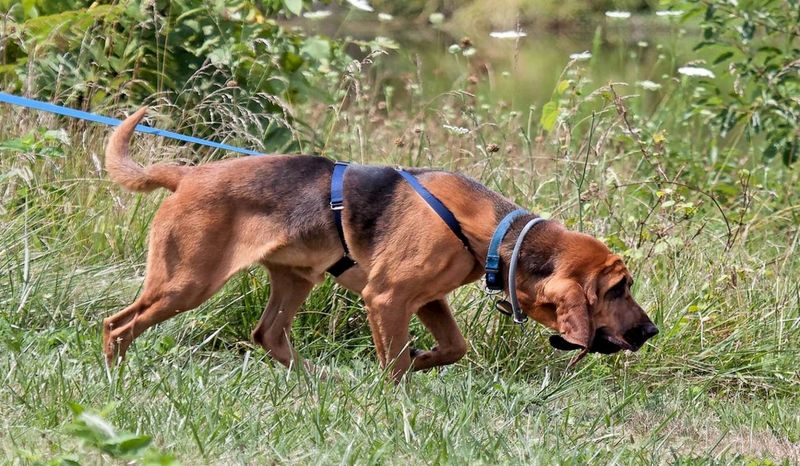
Equipped with 300 million scent receptors (humans have just 5 million), Bloodhounds can follow trails over a week old. Their loose skin and droopy ears actually help trap scent particles, creating a sensory vault of information about missing persons.
When a Bloodhound picks up a scent, their brain dedicates nearly 40% of its processing power to analyzing that smell – far more than any other breed.
4. Avalanche Angels: German Shepherds

Snow holds no secrets from German Shepherds, who can detect human scent buried under 20 feet of packed snow. Their combination of agility, strength, and intelligence makes them ideal for navigating treacherous avalanche zones where human rescuers can’t safely go.
German Shepherds possess a remarkable ability to work independently when separated from handlers, making critical rescue decisions without guidance.
5. Disaster Detectives: Border Collies
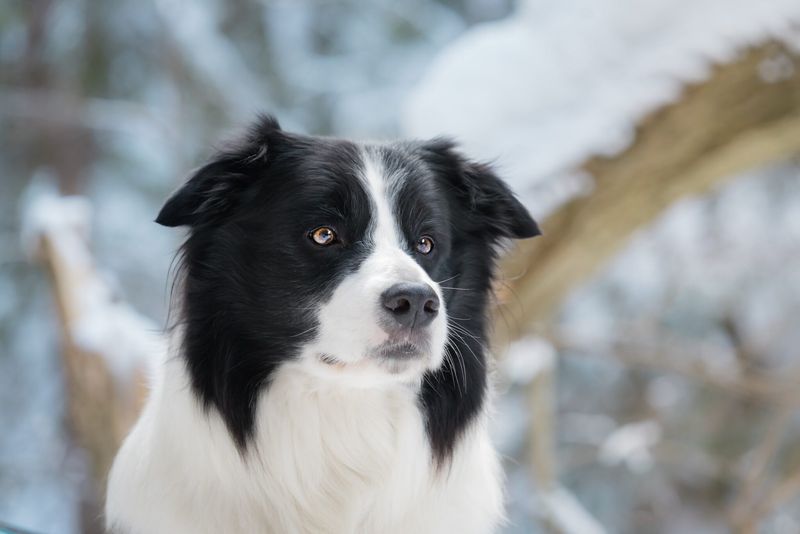
Quick-thinking Border Collies navigate unstable rubble piles after earthquakes with uncanny precision. Thanks to their lightweight build, they can access tight, hazardous spaces that heavier dogs and humans can’t reach.
Extraordinary spatial awareness helps them form mental maps of complex disaster zones, allowing them to track exactly where they’ve searched and where they still need to go.
6. Intuitive Lifesavers: Labrador Retrievers
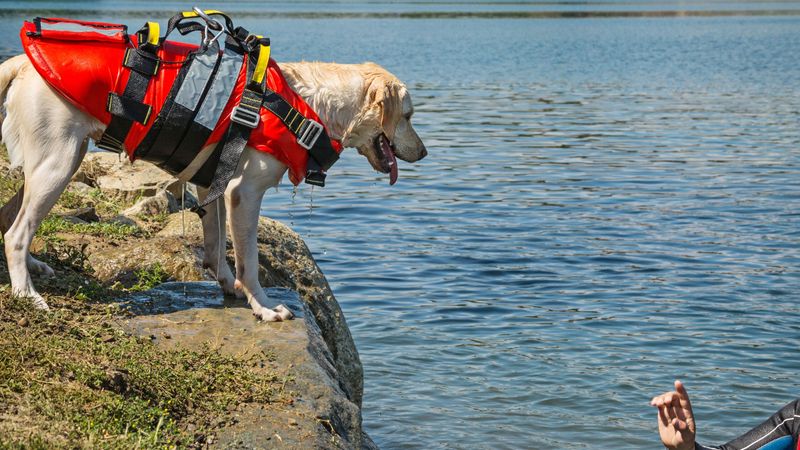
Sporting an uncanny sixth sense for human distress, Labs often alert to emergencies without prompting. Their waterproof coats and rudder-like tails make them exceptional water rescuers, while their friendly appearance calms victims in crisis.
Labs process scent information differently than other breeds, allowing them to detect subtle changes in human body chemistry that signal distress or medical emergencies.
7. Forest Guardians: Bernese Mountain Dogs
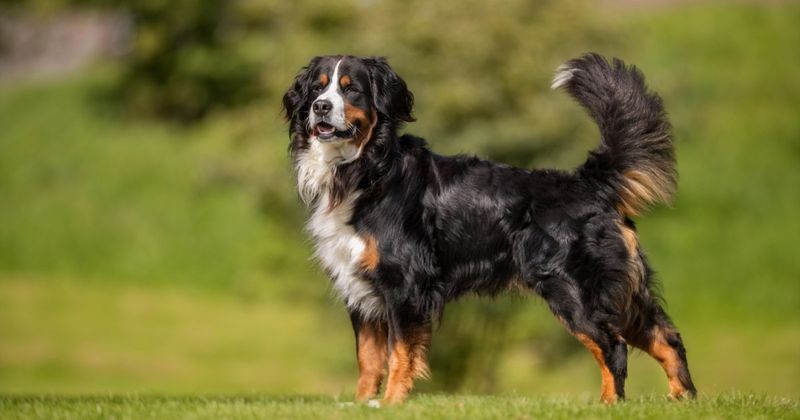
Equipped with thick coats that let them work tirelessly in harsh mountain conditions, Bernese Mountain Dogs excel at wilderness searches. Their powerful sense of direction helps them navigate dense forests where GPS signals fail.
These gentle giants possess remarkable stamina, able to search continuously for 6-8 hours while maintaining focus—a critical ability when time is running out for lost hikers.
8. Underground Heroes: Dachshunds

Surprisingly effective in rescue work, Dachshunds were first bred to hunt badgers in tight underground tunnels. With long, low bodies, they can squeeze into collapsed structures and reach spaces that are off-limits to larger dogs.
Extraordinary courage and determination make them persistent searchers, even in high-pressure situations. Equipped with powerful noses designed for tracking, they can pick up human scent through tough barriers with impressive accuracy.
9. Cold-Weather Specialists: Siberian Huskies
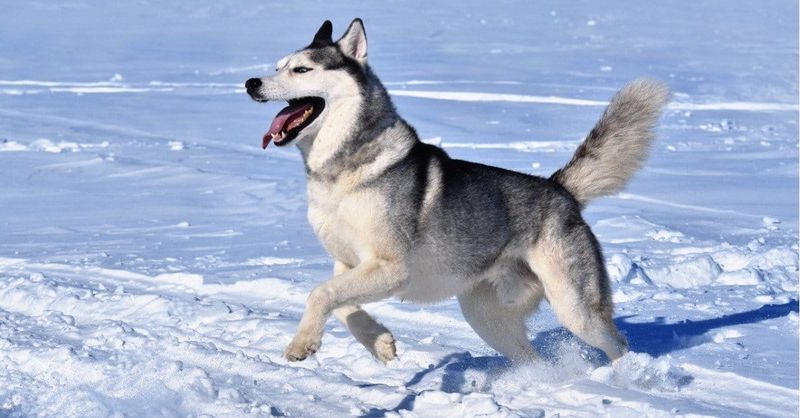
Arctic explorers have long relied on Huskies’ innate ability to navigate whiteout conditions. Their incredible scent memory lets them retrace paths even when visual markers are completely obscured by snow.
Huskies can detect temperature variations as small as 1°F through their sensitive noses, helping them locate people buried in snow by sensing the minute heat differences around breathing holes.
10. Urban Searchers: Belgian Malinois

Masters of vertical terrain, Belgian Malinois can scale collapsed structures too unstable for human rescuers. Their lightweight, agile bodies move across rubble with remarkable precision, reducing the risk of triggering secondary collapses.
These intelligent dogs can differentiate between living victims and deceased ones, allowing rescue teams to prioritize their efforts where they can save lives.
11. Wilderness Warriors: Alaskan Malamutes

Evolved to survive in harsh Arctic conditions, Malamutes can track scents across frozen lakes and tundra where other dogs would fail. Their thick double coats allow them to work in temperatures as low as -40°F without showing signs of cold stress.
When searching, Malamutes use the wind direction instinctively, positioning themselves to catch scent particles carried on air currents from remarkable distances.
12. Canyon Climbers: Australian Shepherds

Fearless on narrow ledges, Australian Shepherds excel in rugged terrain searches where balance is critical. Their exceptional problem-solving skills help them navigate complex landscapes to reach victims in remote locations.
Aussies possess remarkable visual memory, able to spot tiny changes in terrain that might indicate a person has passed through – like slightly bent grass or disturbed rocks that other breeds might miss.
13. Scent Specialists: Coonhounds
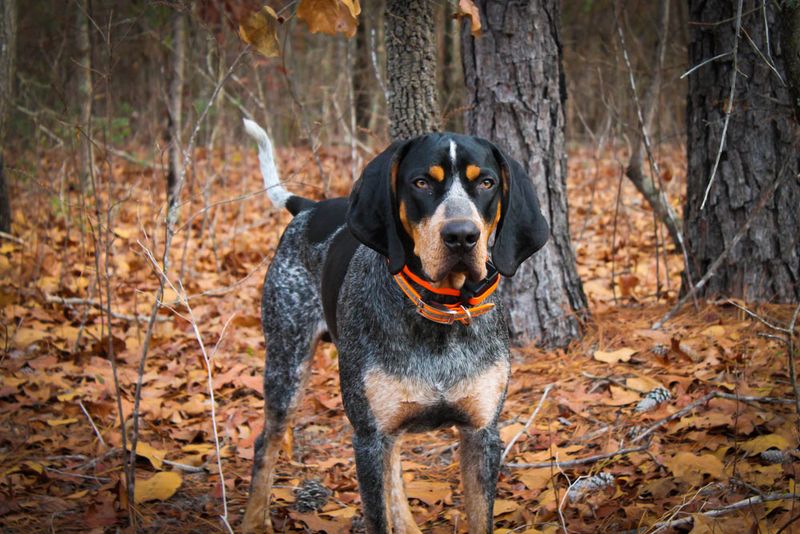
With noses that rival bloodhounds, Coonhounds can track human scent through swamps and dense vegetation where scent particles quickly disperse. Their distinctive baying vocalization serves as a natural locator beacon when they find someone.
These determined trackers can follow a scent trail for miles without losing focus, even when the trail crosses water – a skill that makes them invaluable in locating lost children or hikers.
14. Water Detectives: Portuguese Water Dogs
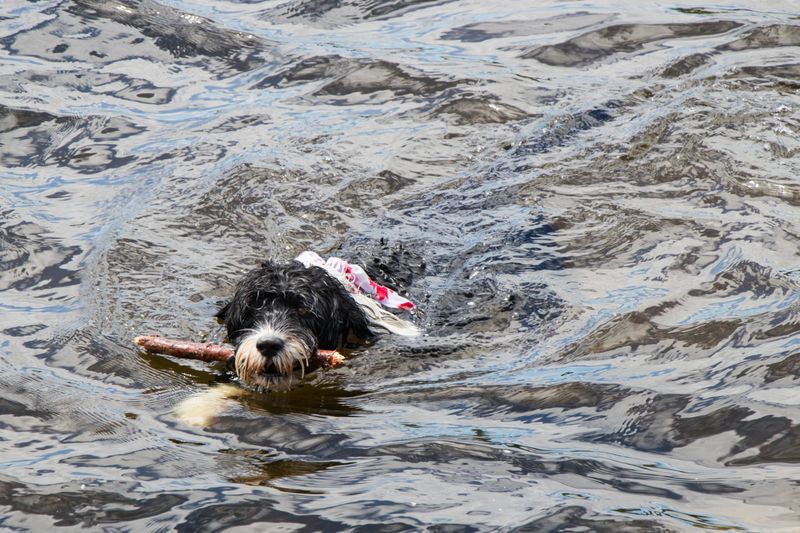
Historically used by fishermen to retrieve gear and deliver messages between boats, Portuguese Water Dogs have built-in rescue instincts. Their webbed feet and water-resistant coats make them exceptional swimmers even in rough coastal conditions.
These intelligent dogs can detect underwater scents, sometimes locating drowning victims submerged below the surface – a rare ability even among water rescue breeds.
15. Desert Trackers: Rhodesian Ridgebacks
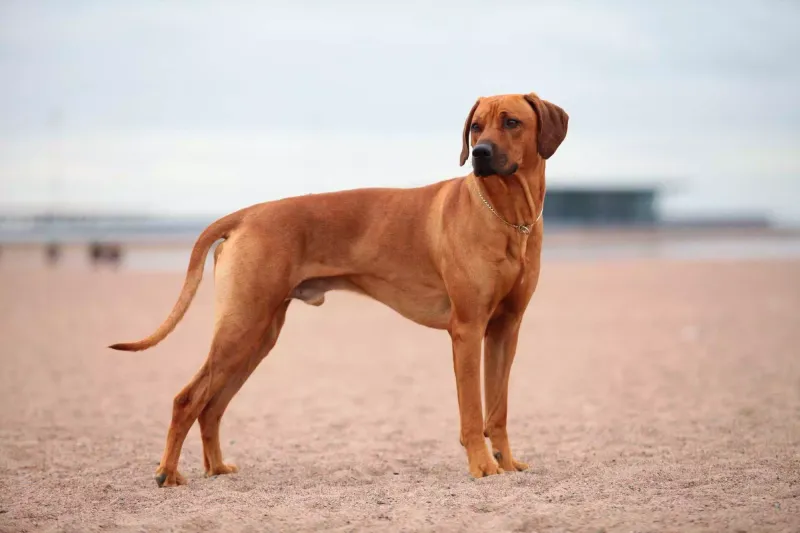
Originally bred to track lions in Africa, Ridgebacks thrive in hot, dry climates where many other breeds struggle. Efficient cooling systems and durable paw pads help them navigate long distances during search efforts.
Exceptional heat tolerance allows these dogs to perform in temperatures over 100°F, provided they stay well-hydrated. This unique endurance makes Ridgebacks especially valuable for search operations in desert environments.


